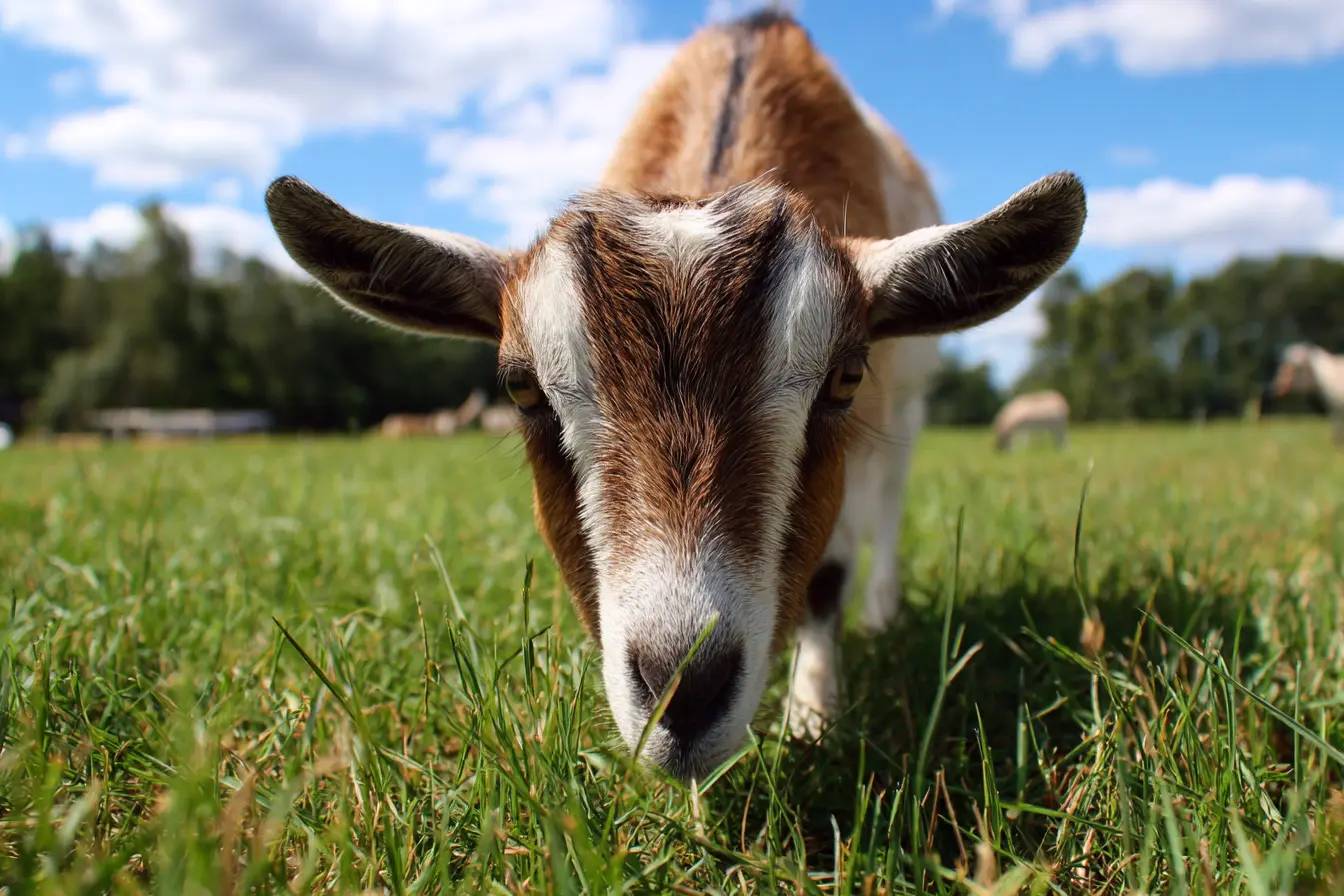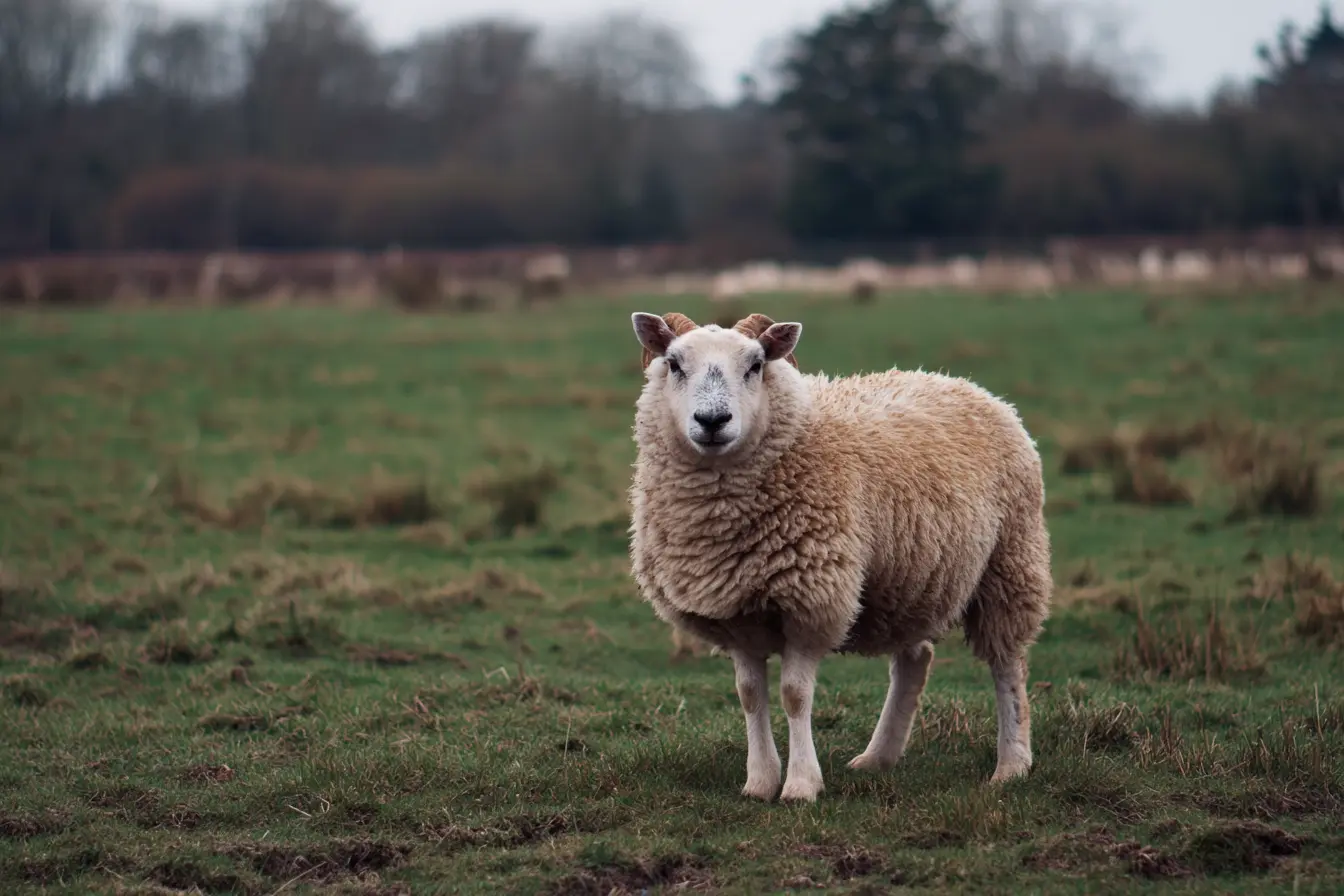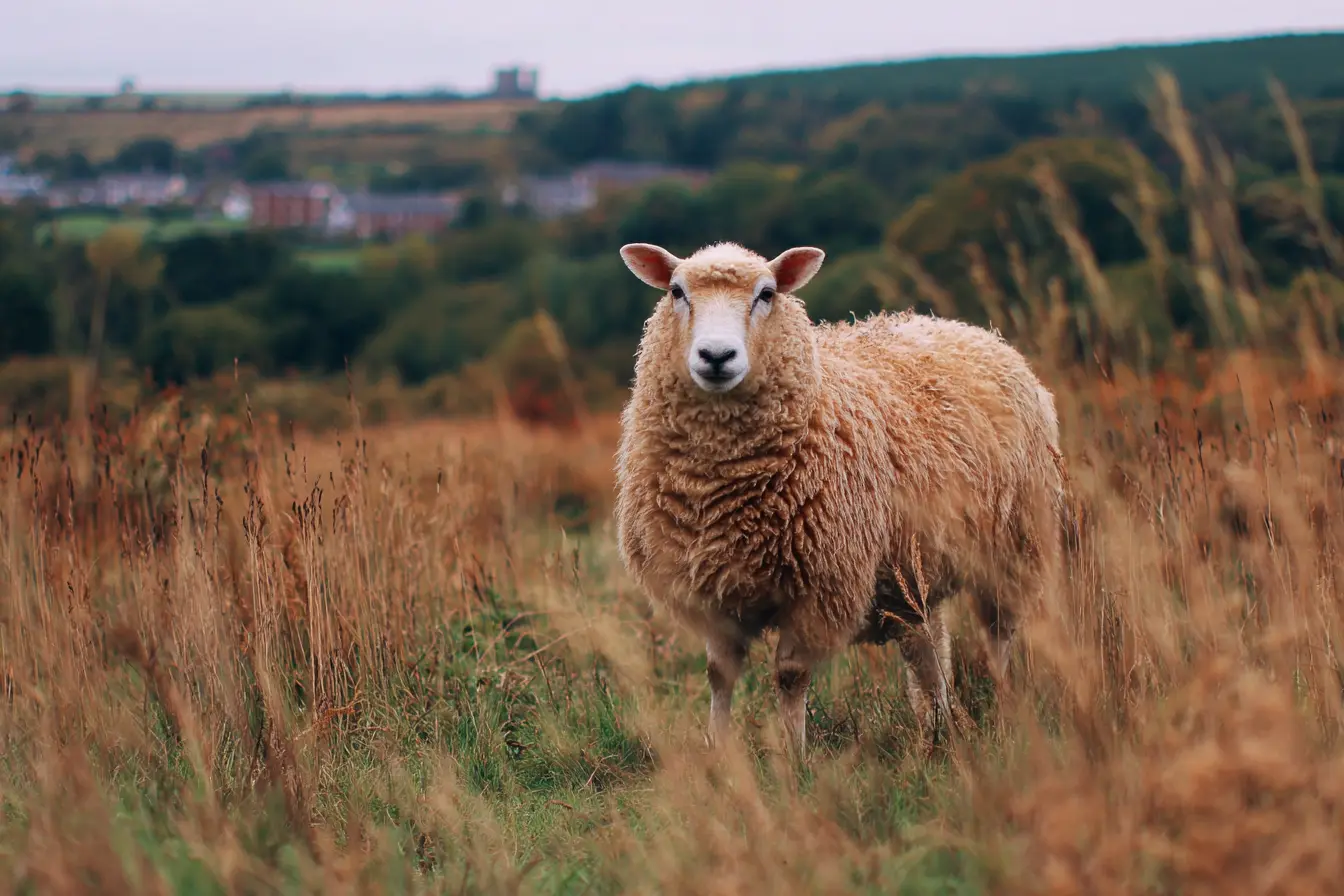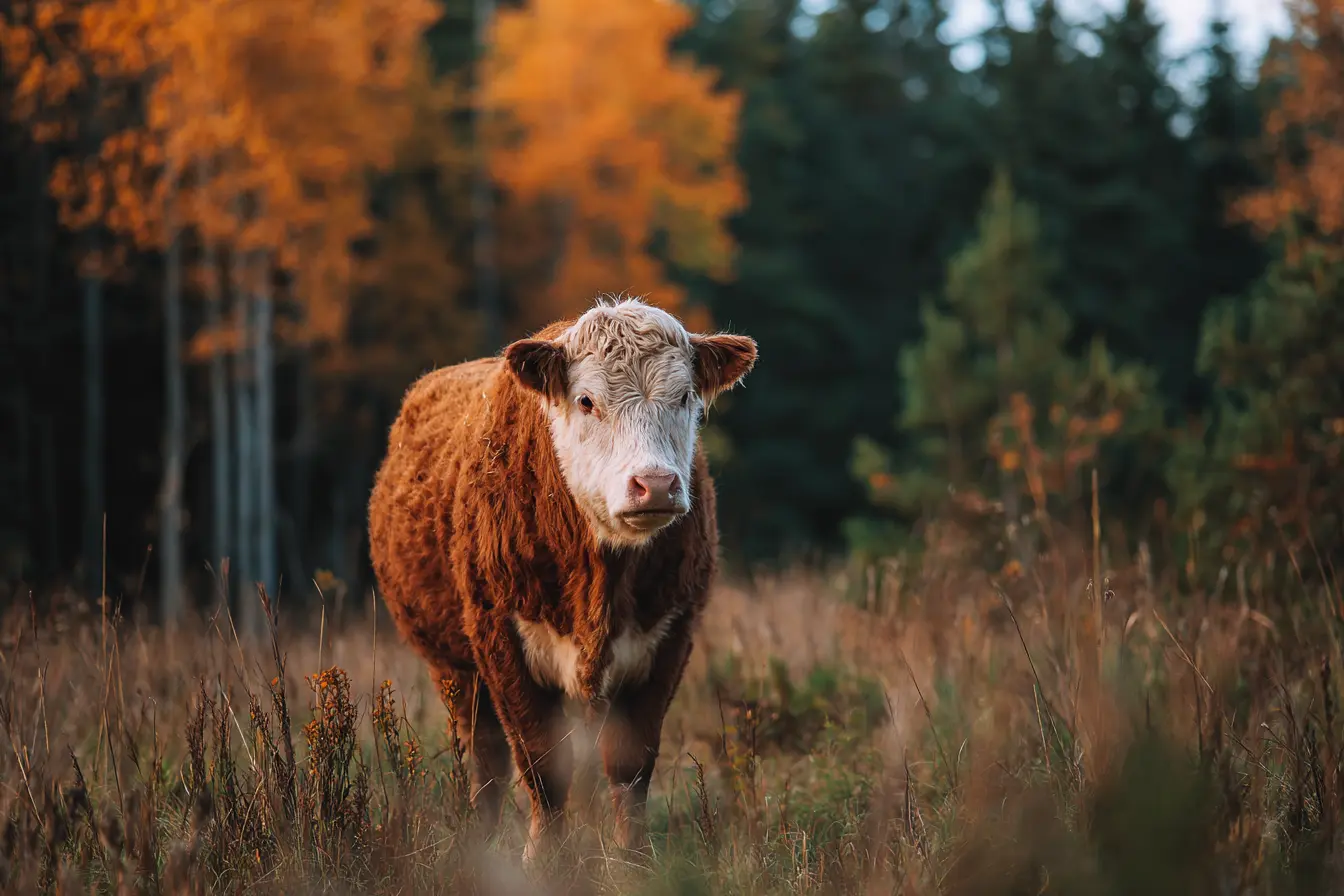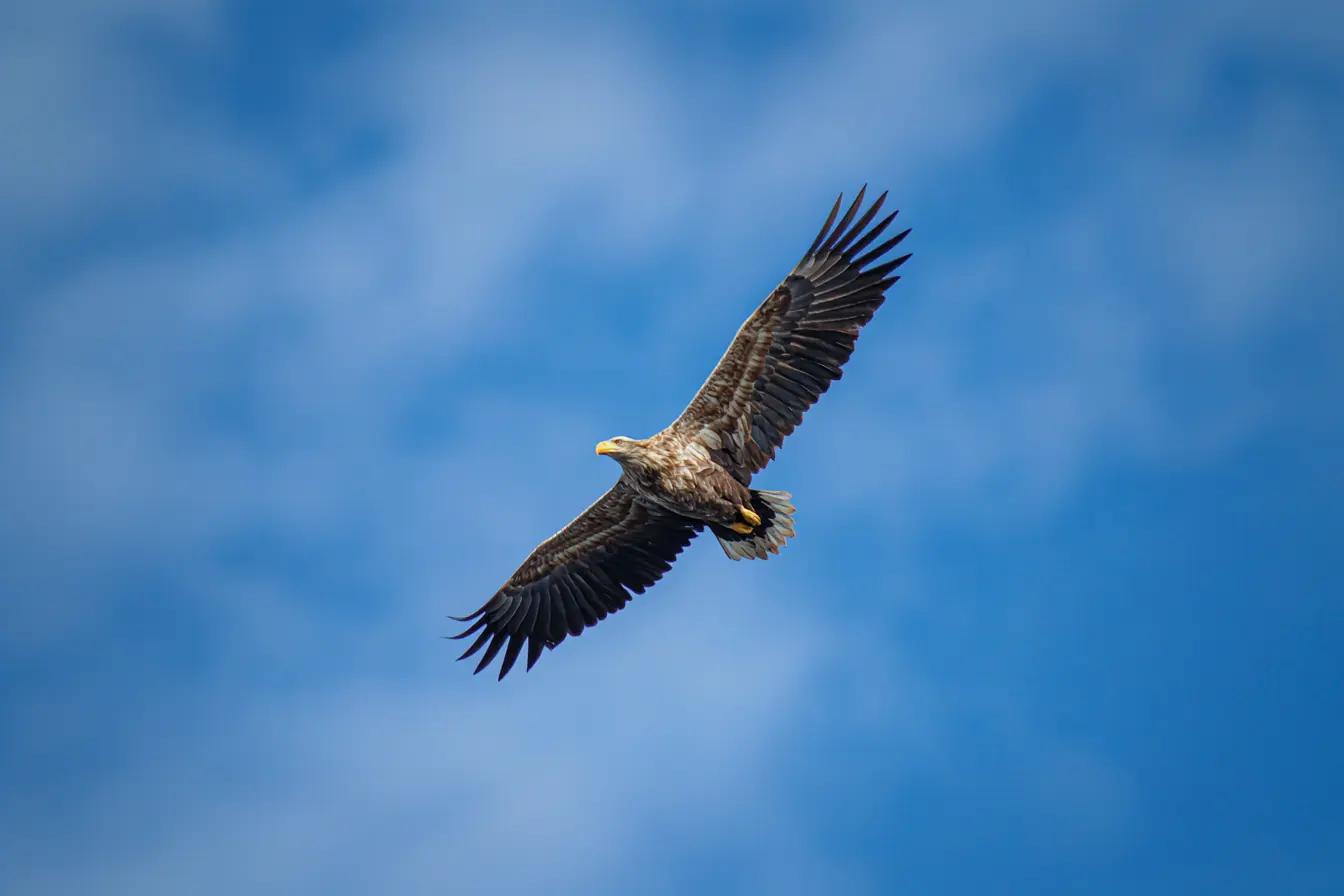
Sea Eagle Predation in Scotland: A Growing Challenge for Livestock Farmers
The return of the white-tailed sea eagle to Scotland is one of the country’s most celebrated conservation successes. These majestic birds, often called the "flying barn doors" due to their massive wingspans, have become an iconic sight across coastal and upland landscapes. However, their resurgence has also brought significant challenges for livestock farmers, particularly during the spring lambing season.
The Comeback of the White-Tailed Sea Eagle
The white-tailed sea eagle, also known as the sea eagle or white-tailed eagle, was reintroduced to Scotland in the 1970s following decades of local extinction. Today, there are estimated to be around 150 breeding pairs in Scotland, with populations continuing to expand.
Their presence has boosted wildlife tourism, with many visitors travelling to the west coast to catch a glimpse of these impressive birds. Yet, for crofters and hill farmers, the increase in sea eagle numbers has led to reports of lamb losses and mounting concerns about the sustainability of sheep farming in affected areas.
Impact on Livestock
Sea eagle predation on lambs has become a serious issue for farmers in the Highlands and Islands. While these eagles primarily scavenge, some have developed hunting behaviour that includes taking live lambs, particularly in remote hill areas.
Farmers have reported:
- Missing or dead lambs, often with tell-tale signs of eagle predation.
- Observations of eagles lifting lambs from the ground, especially during the peak lambing period.
- Increased stress and anxiety over the financial losses and welfare of their animals.
These incidents have not only economic consequences but also emotional ones, as farmers find themselves facing threats to their livelihoods and traditional farming practices.
Government and Conservation Response
The Scottish Government recognises the tension between conserving a protected species and supporting rural livelihoods. In response, it has expanded the Sea Eagle Management Scheme (SEMS). This scheme provides financial assistance and practical advice to farmers who experience predation by sea eagles.
The latest funding announcement for SEMS has increased the scheme’s budget to nearly £1 million. Support measures include:
- Funding for improved shepherding and lambing practices.
- Advice on protective measures such as indoor lambing or alternative feeding strategies to distract eagles from targeting lambs.
- Ongoing monitoring and research to better understand predation patterns.
Strategies to Mitigate Predation
Farmers and researchers have explored a range of strategies to reduce sea eagle predation, including:
- Diversionary Feeding: Providing alternative food sources to encourage eagles to scavenge away from lambing areas.
- Shepherding and Flock Management: Increased vigilance during lambing season, using trained staff or additional support to protect vulnerable flocks.
- Habitat Management: Modifying the landscape to make lambing areas less attractive or accessible to eagles.
- Deterrents: Trials of visual or auditory deterrents, though their effectiveness can be inconsistent and may require continuous adaptation.
A Delicate Balance: Conservation and Farming
The debate over sea eagle predation highlights the complex balance between conservation goals and the realities of farming life in Scotland. While most people support the return of these magnificent birds, there is growing recognition that farmers need practical support to protect their livelihoods.
Collaborative approaches, involving government agencies, conservation organisations, and the farming community, are crucial to find workable solutions. This might include more targeted funding, better data collection on eagle behaviour, and efforts to improve the welfare of both livestock and protected raptors.
Final Thoughts
The return of the white-tailed sea eagle is a conservation success story that brings challenges and responsibilities. For Scotland’s livestock farmers, dealing with sea eagle predation is an evolving issue that requires ongoing support and understanding from all stakeholders.
If you farm in an area affected by sea eagle activity, you can access guidance and funding through the Sea Eagle Management Scheme. Sharing your experiences and concerns with local agencies and farmer groups can also help shape future support.
Are you dealing with sea eagle predation on your farm? We’d love to hear how you’re managing the challenges and what solutions you’ve found effective.
Vets near you
Speciality vets
- Aquatics vet specialists
- Birds vet specialists
- Camelids vet specialists
- Cats vet specialists
- Cattle vet specialists
- Deer vet specialists
- Dogs vet specialists
- Equines vet specialists
- Exotic vet specialists
- Goats vet specialists
- Pigs vet specialists
- Poultry vet specialists
- Sheep vet specialists
- Small Mammals vet specialists
- Wild vet specialists
